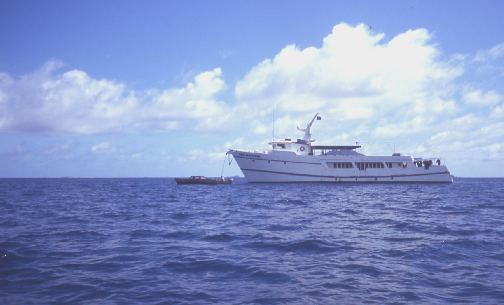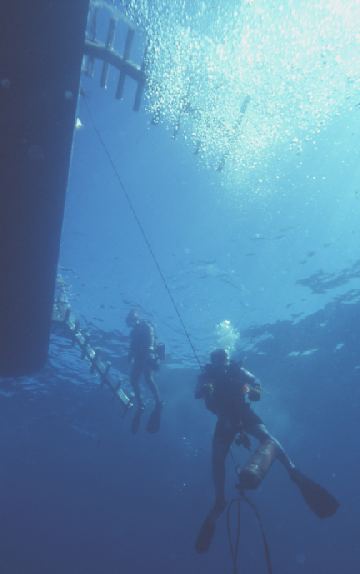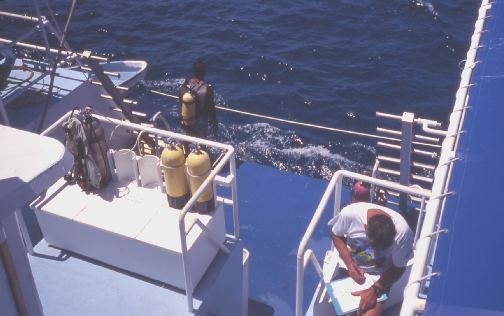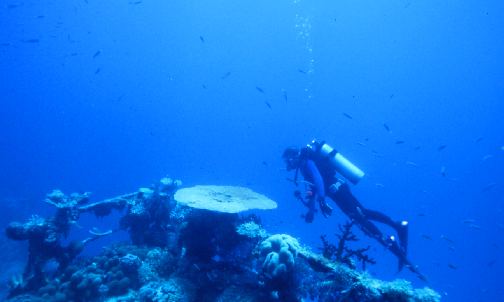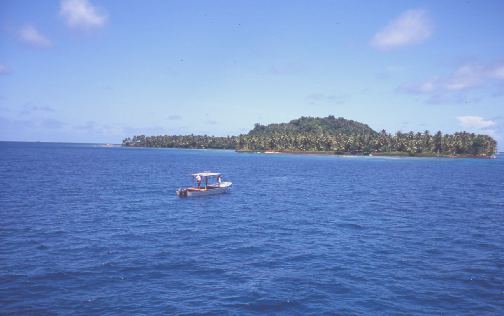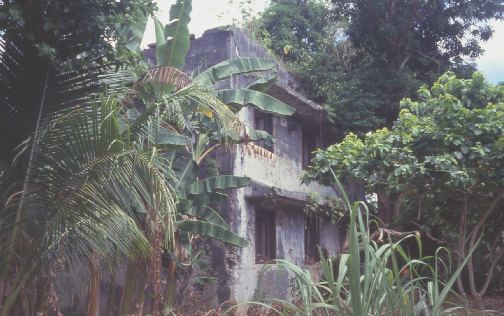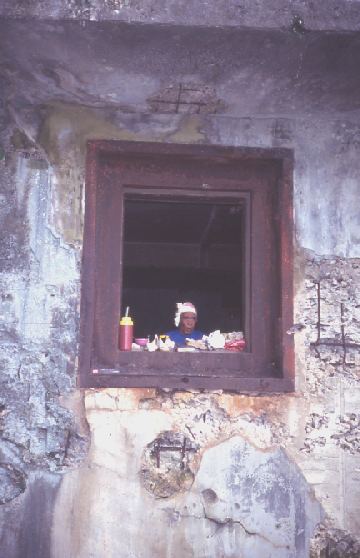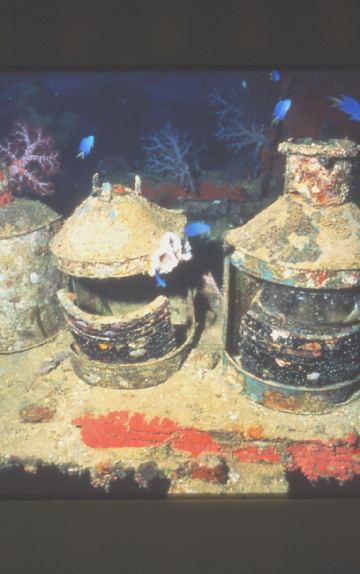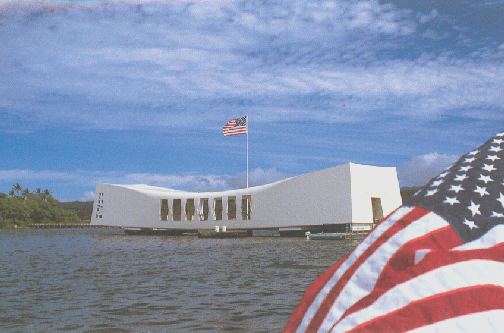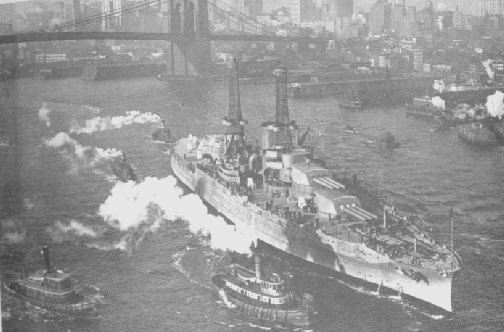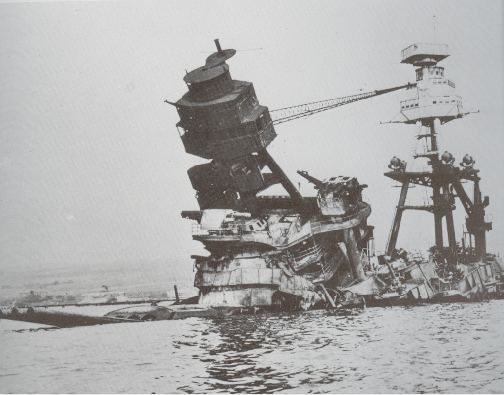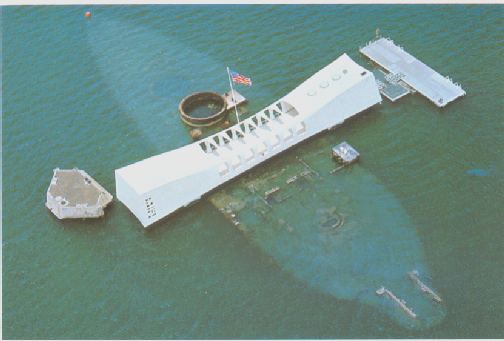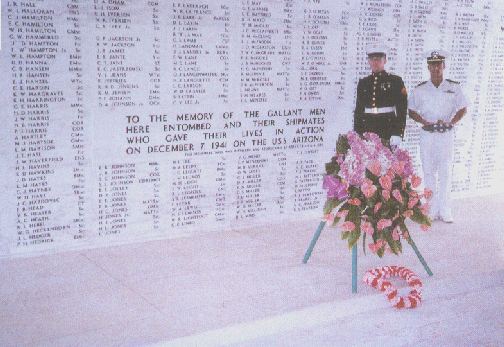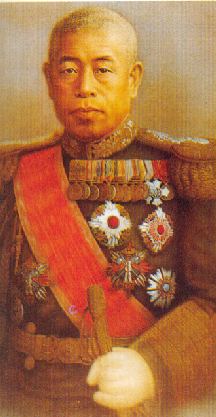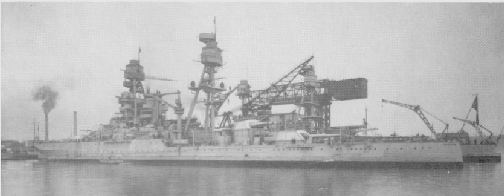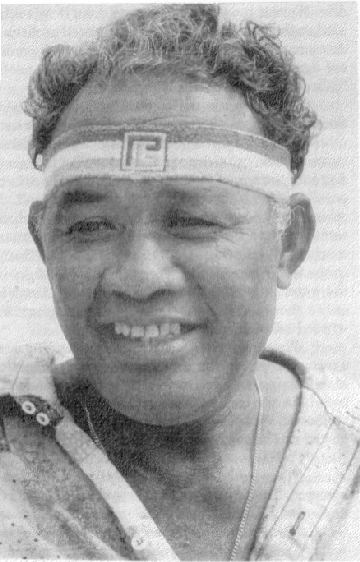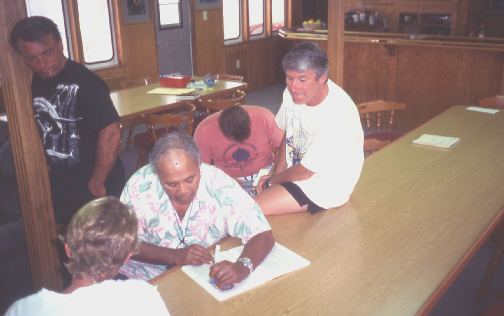Truk Lagoon is simply the best place to see shipwrecks anywhere in the world. The wrecks are virtually intact and the Lagoon’s water is gin clear.
Truk Lagoon is a vast body of water fifty miles long by thirty miles wide, and it is stuffed full of wrecked ships and planes.


Here you can swim through holds full of Zero fighters, or explore a ships bridge complete with ships helm, compass and telegraphs. Superlatives are meaningless. Truk is the Diver’s Mecca.
This book by Klaus Linderman is the definitive book on Truk. I used it whilst I was out there diving, and have found it invaluable as and aid to jogging my memory of those great days.
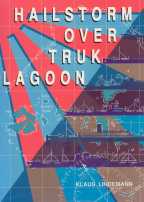
If you want to get a copy, it is published by Pacific Press Publications. ISBN:981-00-2968-3. It’s out of print, but you can find it secondhand on Amazon.com and Amazon.co.uk

